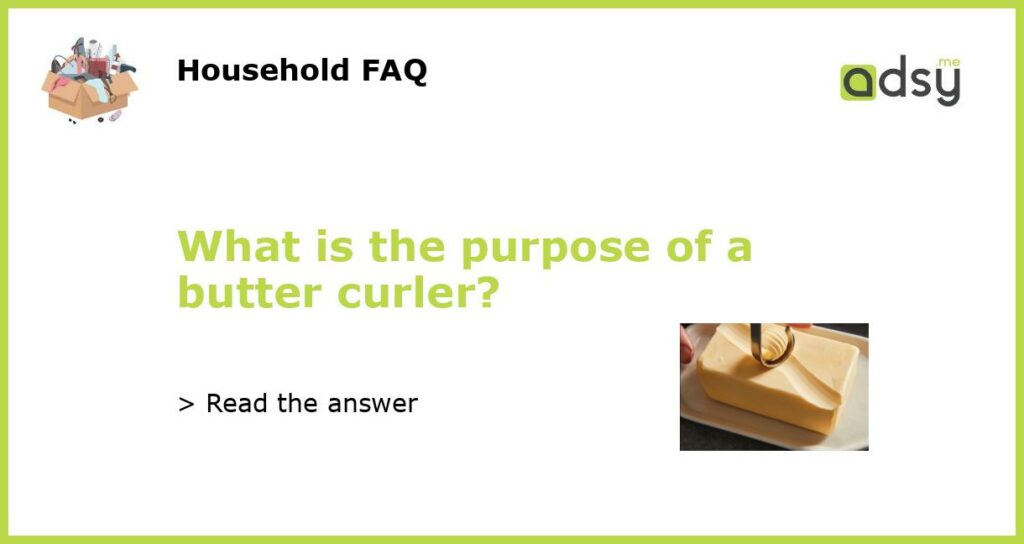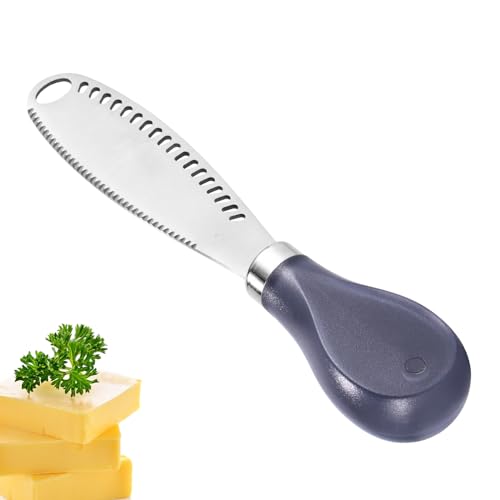What is a Butter Curler?
A butter curler is a device used to create decorative curls of butter for presentations. The tool resembles a small, hand-held cheese slicer with a curled blade that scrapes off tiny curls of butter when swiped along the surface. Butter curls can add an artistic touch to dishes such as baked potatoes, vegetables, and even seafood.
Butter Curler History
The practice of creating butter curls for culinary purposes dates back hundreds of years. In the 17th century, French chefs would use knives to create intricate butter shapes to serve at the tables of the wealthy. However, the invention of the butter curler didn’t occur until much later – in the early 20th century, when European craftsmen began producing handheld butter curlers for commercial use.
How to Use a Butter Curler
Using a butter curler is quite simple. A firm and cold stick of butter should be inserted into the straight slot of the curler, and then the blade is moved across the surface, creating a ribbon for the butter to curl on. Once the ribbon is created, it can be gathered in a soft curl and set aside until serving time. Butter curls are perfect for adding a touch of elegance to any table setting or dish.
The Benefits of Using a Butter Curler
Aside from their decorative purposes, there are several benefits to using a butter curler. The curler can help maintain portion control, ensuring that no excessive amounts of butter are used, which can promote healthier eating habits. Butter curls also melt quickly, which creates an even spread of butter on dishes, allowing for a satisfying taste without overloading.
The butter curler may seem like an unnecessary tool to some, but it can add a touch of flair and refinement to any meal. Whether for a dinner party or just an evening cuisine, the butter curler is a simple way to elevate a dish to a higher level. Not only does it provide a unique and elegant presentation, but it also promotes healthy eating habits by controlling portion size.






